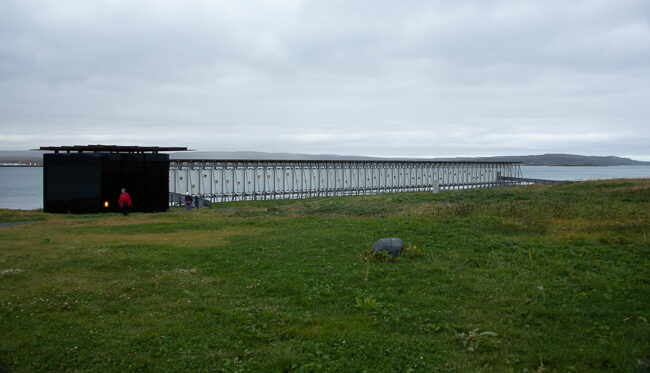October 4, 2024
Vardø – Norway’s Easternmost Town
On Christmas Eve, 1621, the northern coast of Norway suffered a vast and sudden storm. At the time, many of the local male population were at sea. Forty men on ten boats drowned.
This tragedy coincided with new laws on sorcery and witchcraft that came with the union of Denmark and Norway.
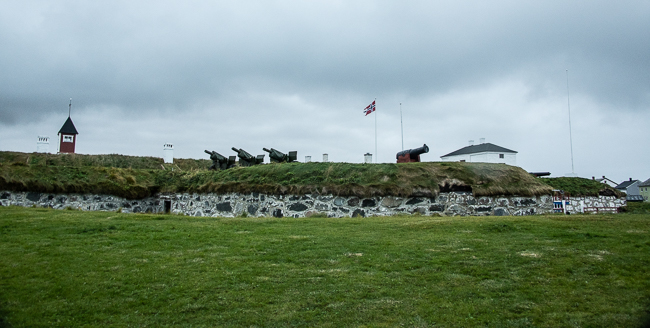
Vardohus Fortress
Several women were brought to the Vardohus Fortress and tortured, accused of flying to meet Satan at the witches’ sabbath. Many of them confessed after torture and were subsequently burned at the stake.
Over a hundred people were tried for witchcraft, with 77 women and 14 men being burned at the stake. The northern district of Finnmark, within which Vardø lies, experienced the highest rate of accusations of witchcraft of any part of Norway and an unusually high proportion of executions arising from the trials.
In all the trials, the men executed were indigenous Sami.
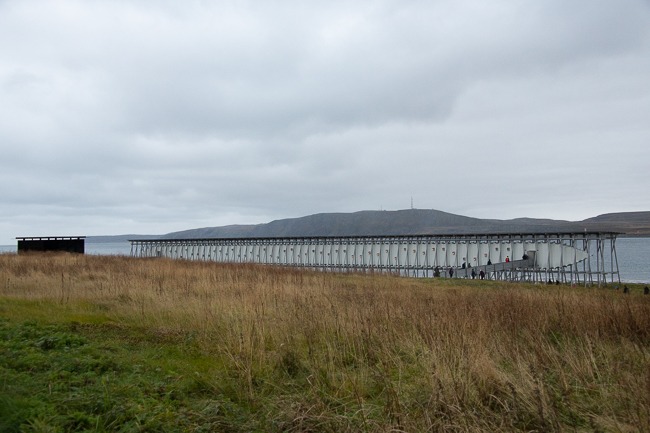
Steilneset
Swiss Architect and Pritzker Prize winner Peter Zumthor designed this memorial on the island to commemorate the suspected witches who were burned.

The memorial comprises two structures. The one conceived entirely by Zumthor is a 410-foot-long wooden structure framing a fabric cocoon. The second houses an installation by the late French-American artist Louise Bourgeois (1911-2010).
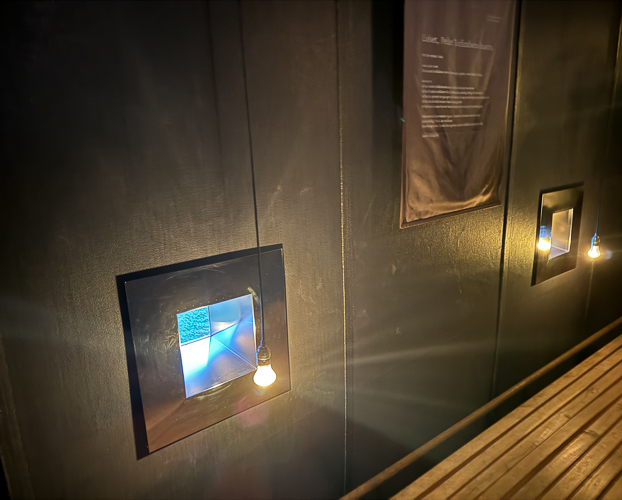
Inside the structure designed by Zumthor is a corridor with light bulbs hanging behind 91 windows. These represent each of the men and women who were put to death.
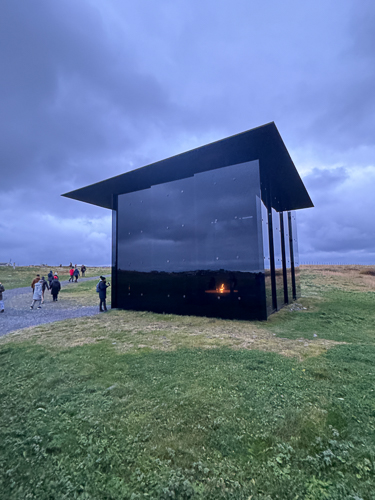
The installation by Bourgeois, entitled The Damned, The Possessed and The Beloved, occupies the smoked-glass-clad second structure.
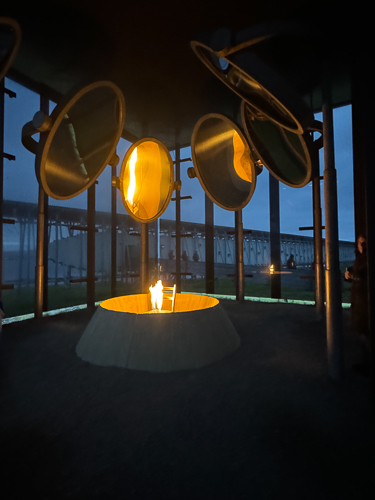
Inside the smoke-glass structure is a circle of mirrors that surrounds and reflects a flaming steel chair inside a hollow concrete cone.
